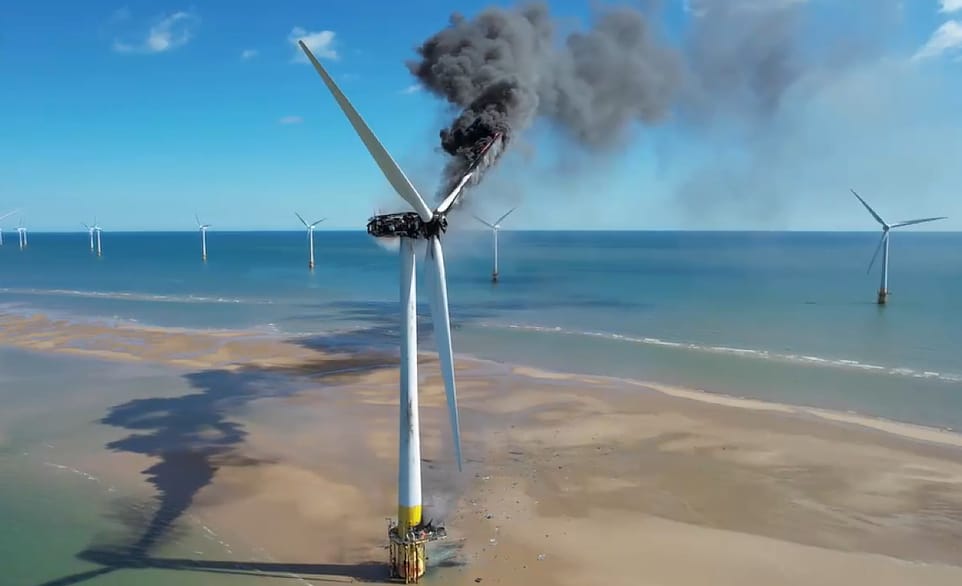- Grid Brief
- Posts
- GridBrief Explains: Windfarm Mechanics
GridBrief Explains: Windfarm Mechanics
Why Some Turbines Don’t Spin—and Why That’s the Point
You’ve seen them—miles of alabaster towers dotting the prairie, blades sweeping with majestic indifference. Some spin. Some don’t. And while the Department of Energy would like you to see this as a triumph of clean energy, the reality is messier: part triumph, part tax play, part regulatory thicket, and all dependent on politics, software, and the whims of wind.
Today, GridBrief breaks down how windfarms actually function, what keeps them idle, who profits from them, and why renewable never means simple.

Wind power is often portrayed as a simple thing: the wind blows, the blades spin, and the electrons flow. But beneath the pastoral imagery of sweeping plains and towering turbines lies one of the most complicated, over-regulated, and misunderstood technologies in the energy sector. These aren’t pinwheels—they’re multi-million-dollar machines governed by software, grid signals, and a Byzantine mess of permitting and market rules. And at any given moment, 1 in 4 turbines in a windfarm is likely sitting idle, not because there’s no wind, but because of something far more human: bad math, bad policy, or bad timing.
The first utility-scale wind farms in the U.S. appeared in the 1980s, spurred by tax incentives and oil shocks. They were inefficient, maintenance-heavy, and often failures. But wind’s resurrection came in the early 2000s—driven less by innovation than by legislation. The Production Tax Credit (PTC), created in 1992 and extended nearly a dozen times, reshaped wind economics. Suddenly, megawatts didn’t have to be reliable; they just had to be measurable. And if the wind blew at night when no one needed power? The market didn't care. Uncle Sam still paid out.
In this edition of GridBrief Explains, we pull back the curtain on windfarm mechanics. Why do some turbines spin while others sulk? How do the economics actually shake out compared to gas or nuclear? Who builds these behemoths, and who’s making the real money? This isn’t a clean energy fairy tale—it’s a data-driven chess match between OEMs, operators, traders, and regulators. And the next time you see a windfarm half-asleep, you’ll know it isn’t broken. It’s just obeying orders.

Subscribe to Premium to read the rest.
Become a paying subscriber of Premium to get access to this post and other subscriber-only content.
Already a paying subscriber? Sign In.
A subscription gets you:
- • Daily newsletter
- • Emerging markets report
- • What's keeping the lights on
- • Friday deep dive